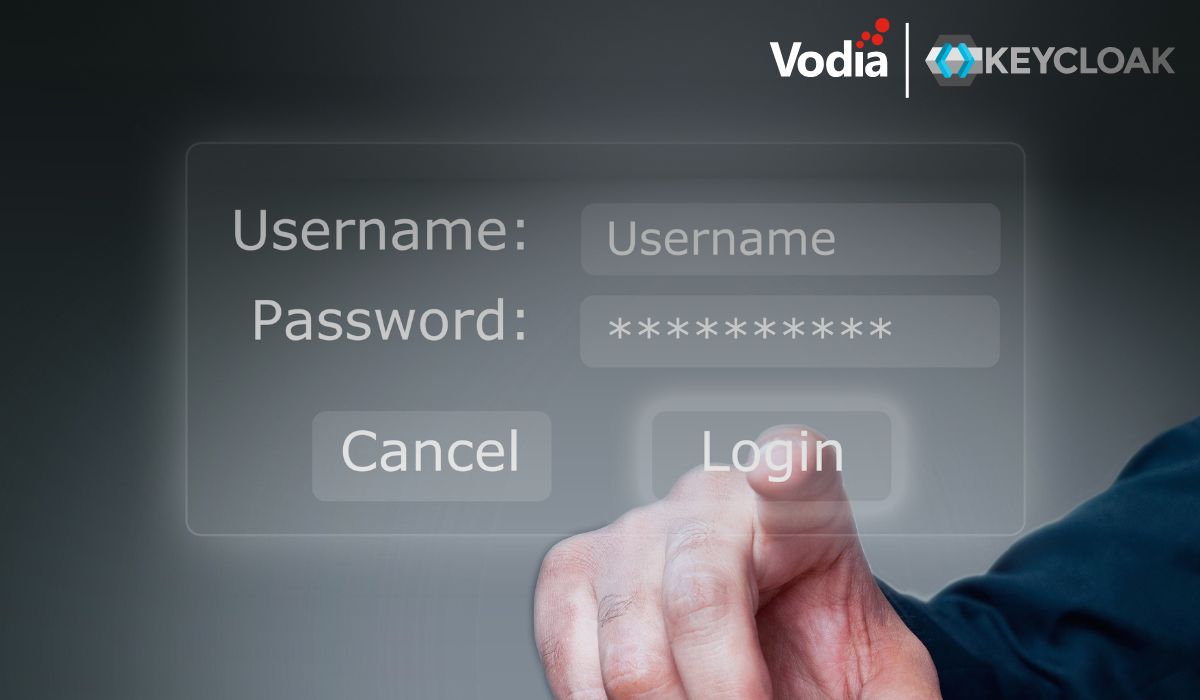Another piece in the hosted PBX puzzle we are addressing in 5.2.2 is that SIP phones in LAN often need an outbound proxy that depends on the location.
It is actually a scenario that makes sense. Using a local SIP-aware device is the ticket to providing a quality of service required by many offices. The device can be a full-blown device like an Edgewater VoIP router, but it can also be a trivial router using another DSL line. The point is the VoIP phones need to send their traffic to a specific IP address which will make sure the traffic will be routed differently from the other data traffic in the office.
To offer maximum flexibility, we are introducing a list of patterns in 5.2.2 that looks like this: src/mask/adr[:port[/transport]]. If the phone to be provisioned matches the source address src with the netmask mask, it will use the outbound proxy made of the adr:port and transport parameters. The port and the transport are optional. If they are not present, they will be replaced with 5060 and udp.
The setting is a domain setting so that customers can service themselves in hosted environments. The setting can be found in the PnP settings on the domain.
So let’s say that a tenant has two offices which have a VoIP router. The first office is at 1.2.3.4, and all traffic needs to be sent to 10.0.0.2. The first pattern would be “1.2.3.4/32/10.0.0.2”.
The second office would be in the VPN of the company using IP addresses 10.43.0.x, and the internal gateway is at edge43.company.com, using TLS on port 5061. Then the second pattern would be “10.43.0.0/24/edge43.company.com:5061/tls”. In the domain setting the administrator would have to enter “1.2.3.4/32/10.0.0.2 10.43.0.0/24/edge43.company.com:5061/tls”.
.svg)





